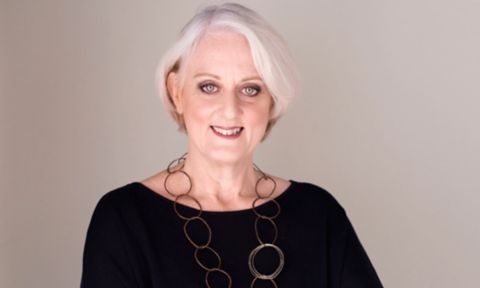Cult of the Lamb is 2022’s video game breakout success story. Upon its release in August, it sold more than one million copies in a week and has hit a Metacritic score of 8.2. For RMIT graduate and Cult of the Lamb programmer Will Mesilane, its success wasn’t exactly a surprise.
It was a trailer at Gamescon, an annual video game conference, that made working on the game a priority for Mesilane.
“It had that really slick animation style and the music was incredible. I saw it and I instantly thought that this thing is gonna be huge. And if I can be involved in some way, I would love to,” he said.
Through his time working in the games industry over the past decade, Mesilane was lucky enough to have a connection to the game through Julian Wilton, the creative director of the studio behind it, Massive Monster.
“He'd been telling me about this game they were making about starting a cult. And I'm like, oh, that sounds cool. But at that point I’d never actually seen it,” said Mesilane.
After seeing the trailer, Mesilane took the jump from a comfortable game development gig elsewhere and came on-board to help shape the world of Cult of the Lamb. As a programmer on the project, he completely revamped the existing user interface in the game, working on the project up until release in August where the team waited with bated breath for the reviews to roll in.
“I'm one of those people who tries to keep their expectations low when a game comes out or when reviews happen,” he said.
“When we all stayed up and sort of saw the reviews roll in a couple of days before release, it was like 8 out of 10, 9 out of 10, 10 out of 10 - it was just very surprising and lovely and just very, very nice.”
Carving out a spot in the Australian video games industry
In 2020-21 period, Australian game development studios made $226m, with 82% of that money from overseas markets, according to figures from the Interactive Games and Entertainment Association.
But when Mesilane studied games design at RMIT in 2010, the Australian industry was a very different place.
“There were way less studios when I started out. A lot of very small teams,” he said.
But regardless, he was determined to study games design and get paid to make games. With his drive, he was able to pick up freelance gigs prior to and while studying that helped him gain real-life experience.
When he was 15, Mesilane was paid $25 USD for some freelance Flash animation work, a popular animation platform and style in the 2000s and 2010s. From there, he kept learning and earning while studying at RMIT.
“Flash was still used in a lot of video games for their user interface (UI) solutions and things like that. And my friend Joe needed UI for his game, and I knew how to do all that stuff.
“So that's kind of where I started. And then from that came another job which then came another job and then another job and it kind of just snowballed out from that into where I am now.”







